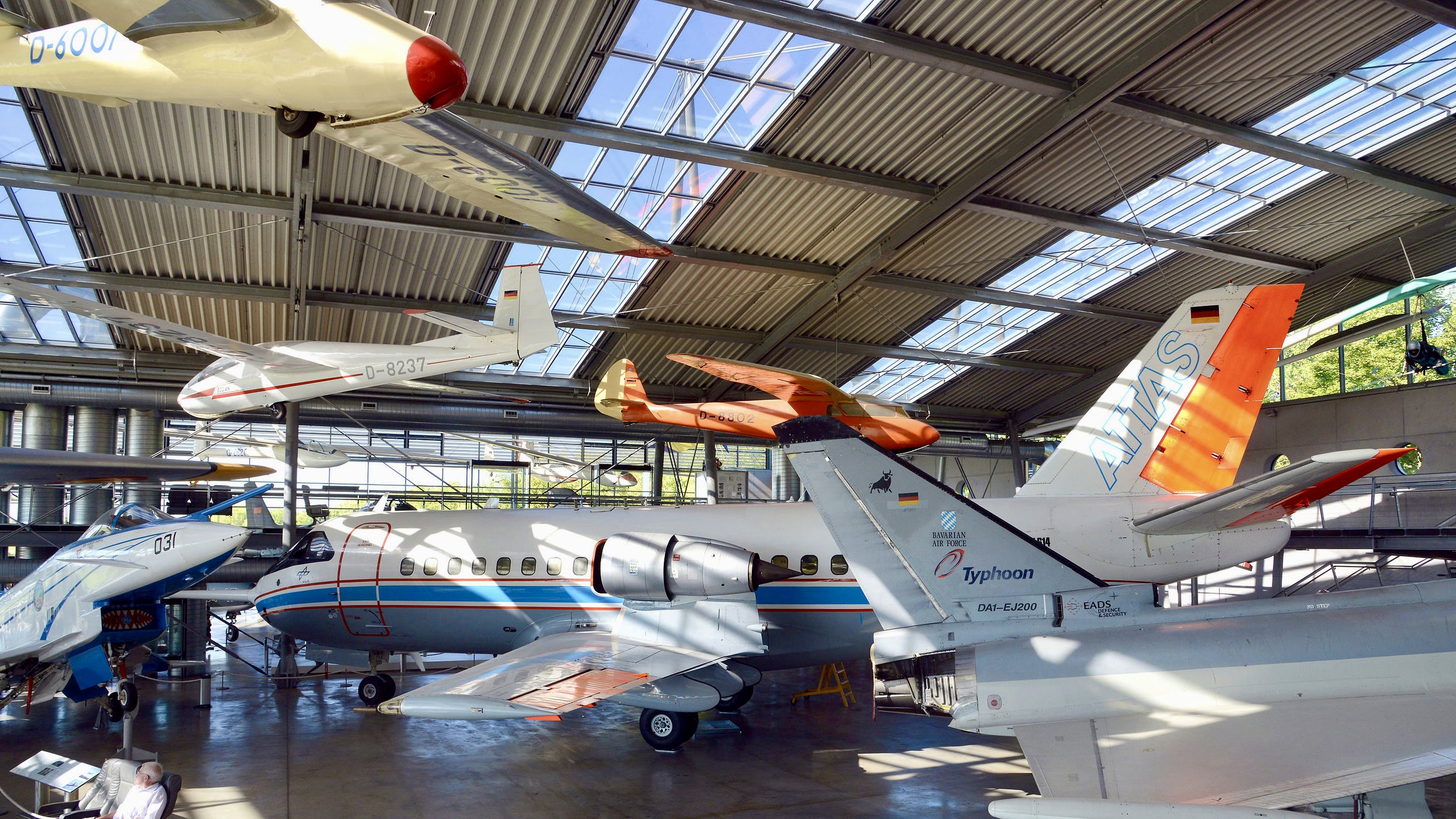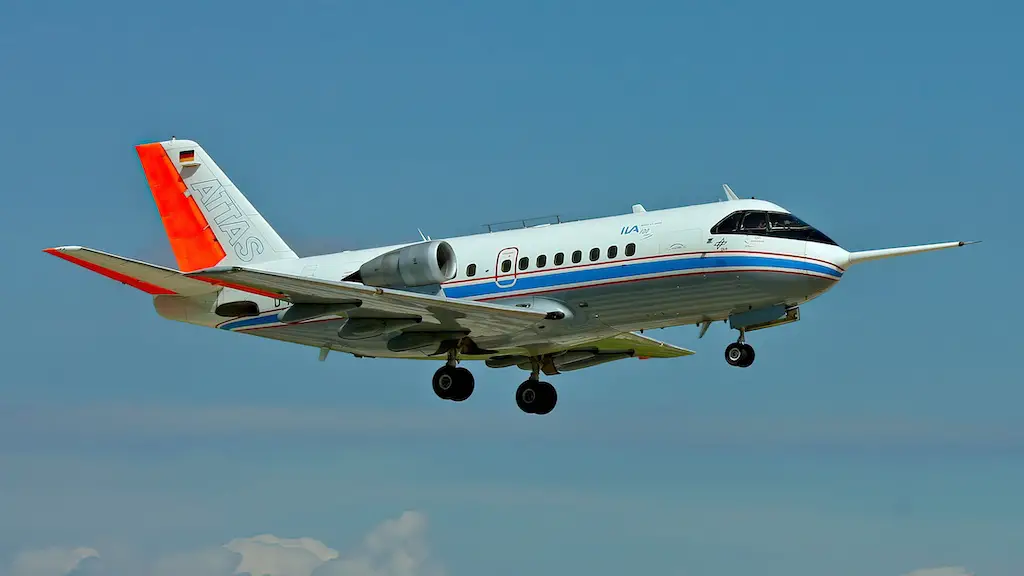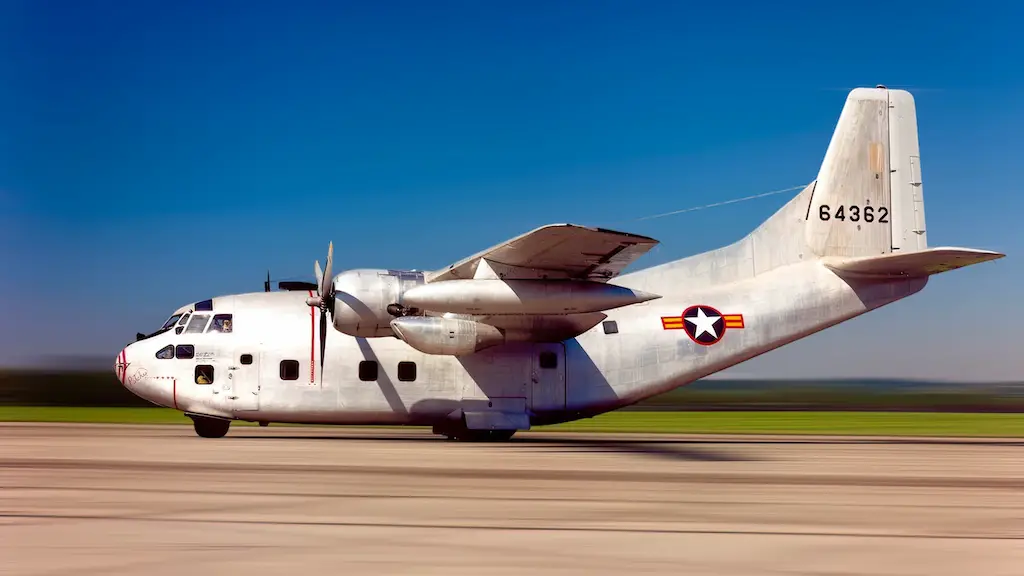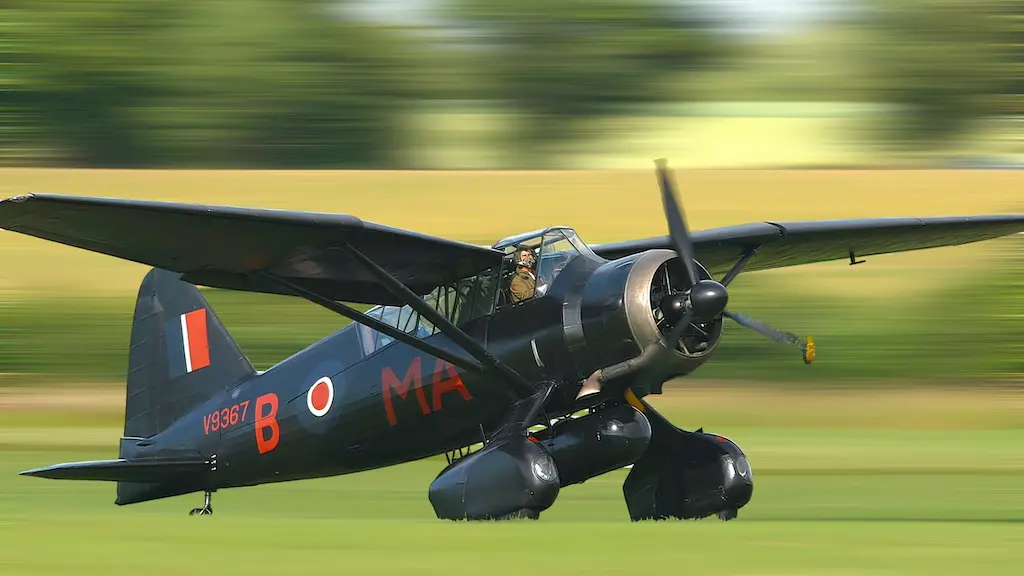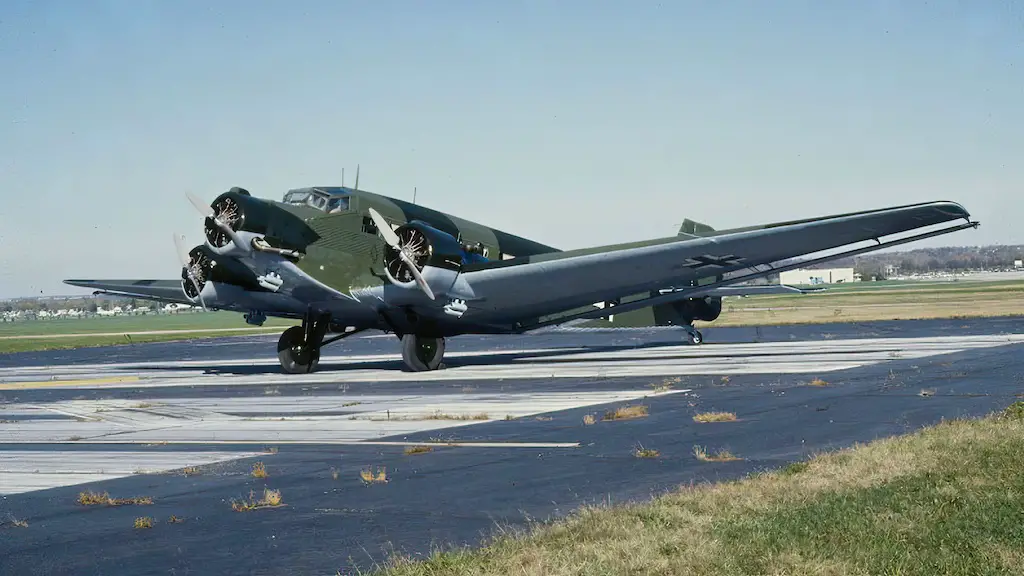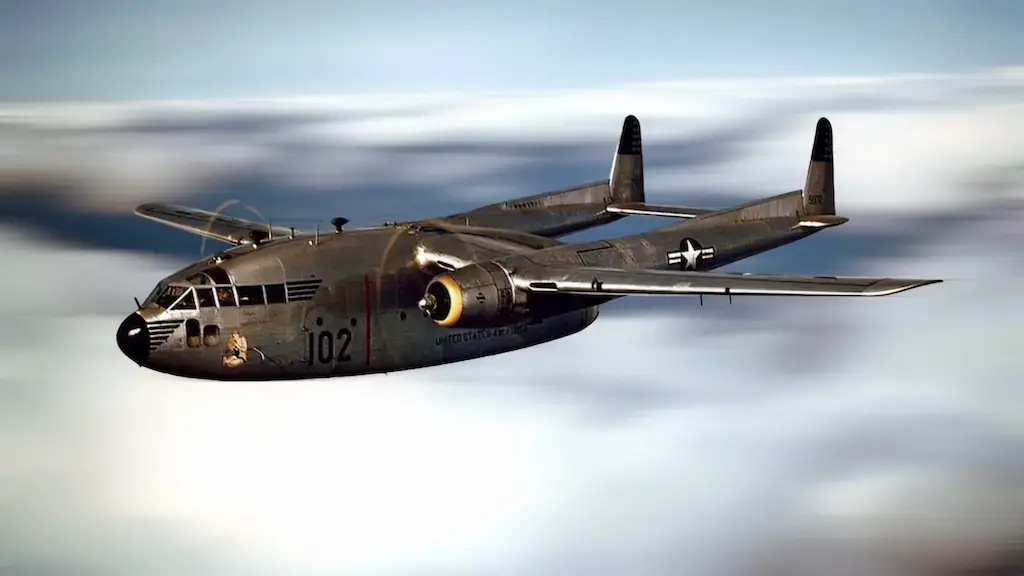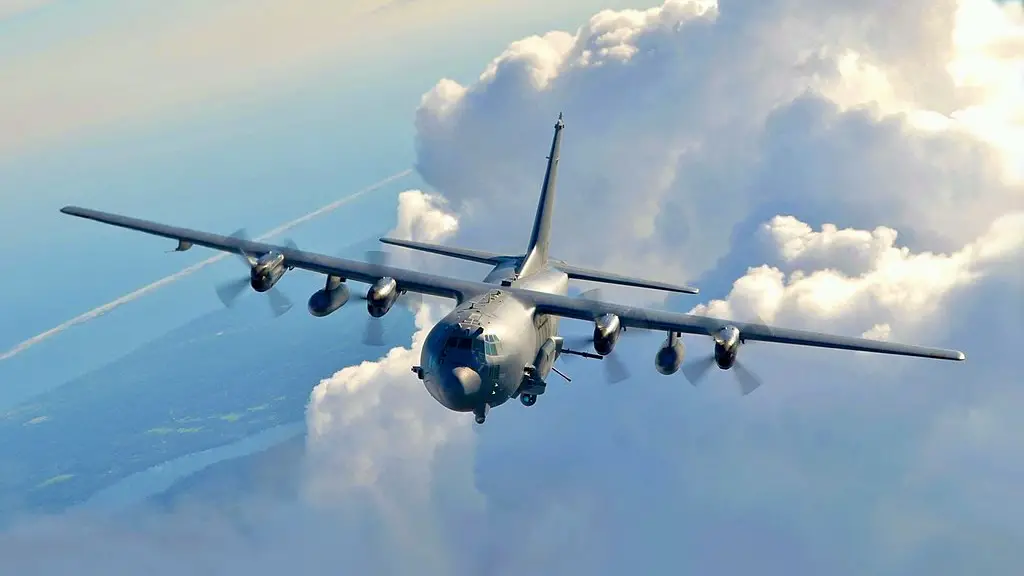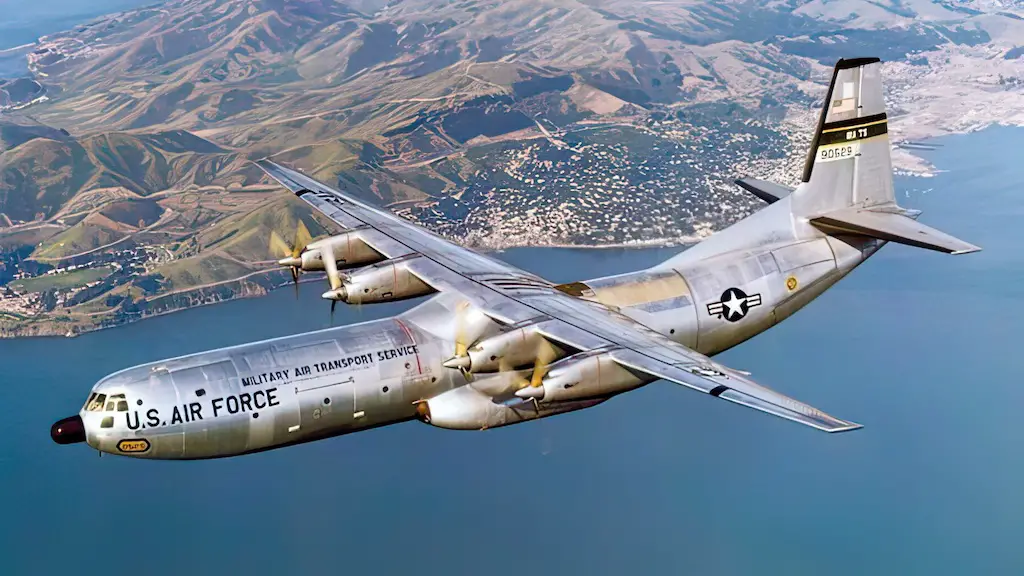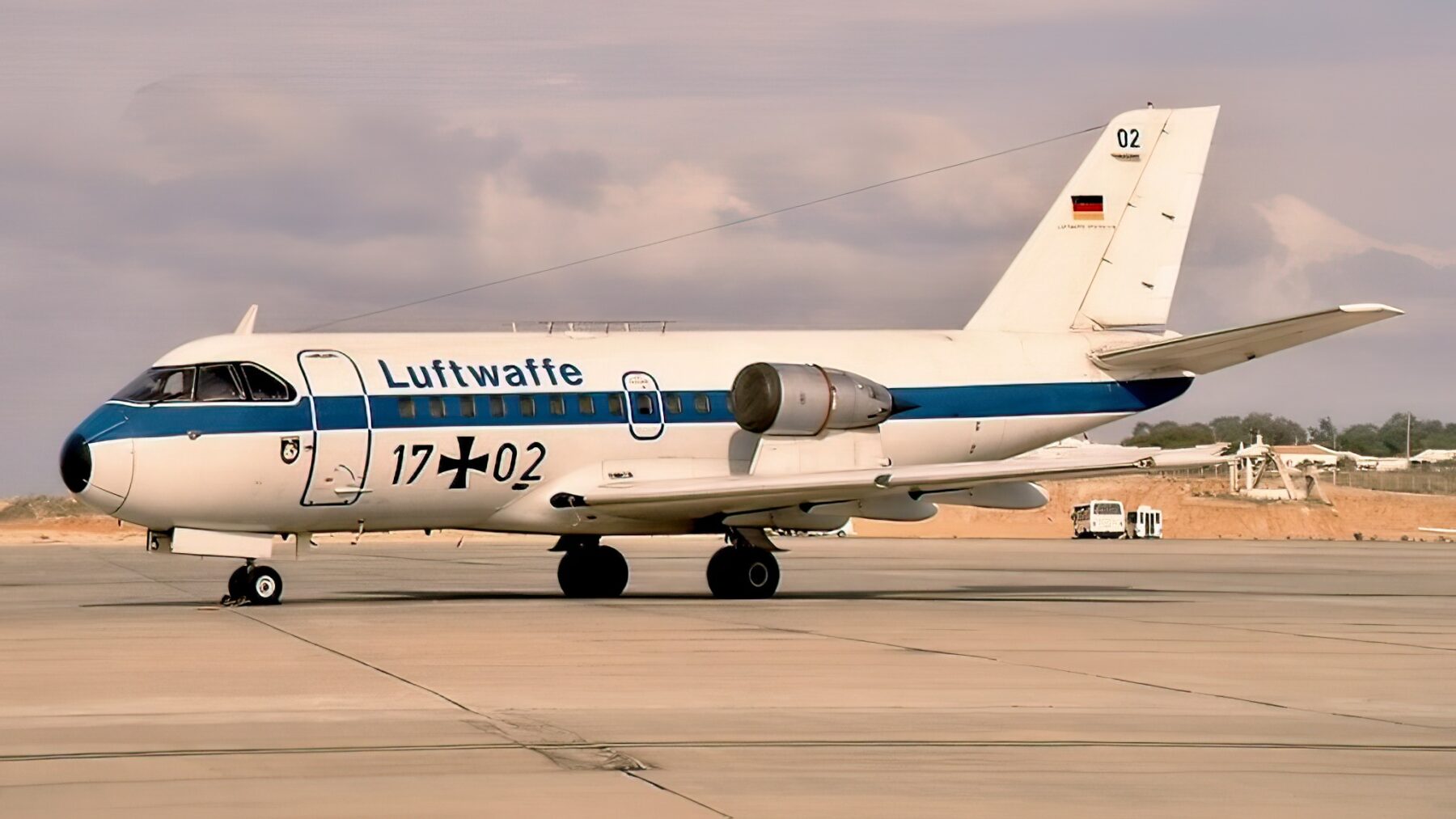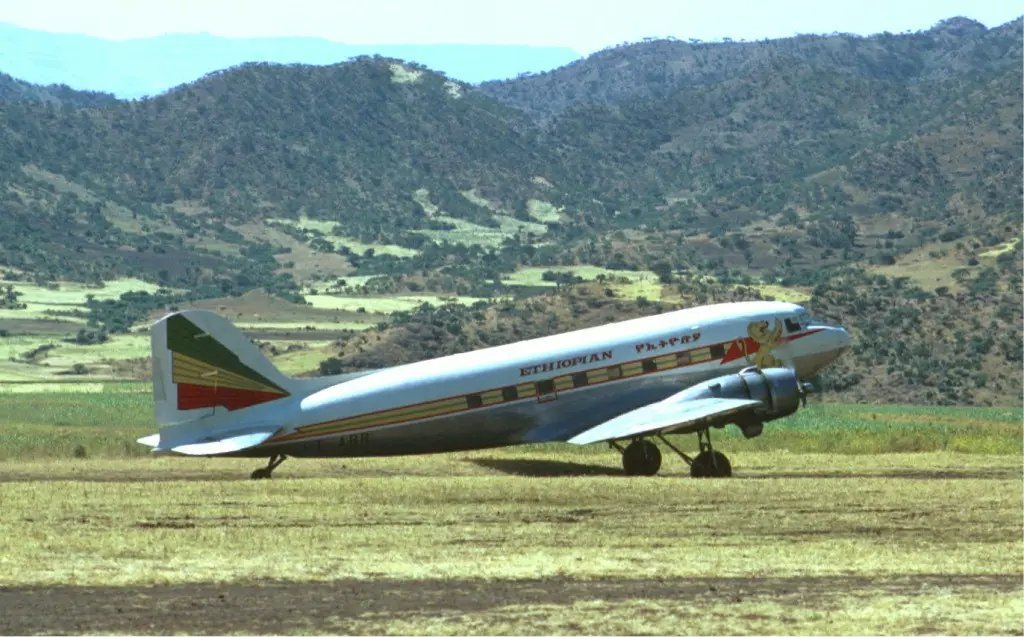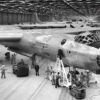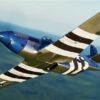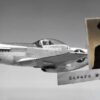With its hallmark overwing engines the VFW-Fokker 614 may look like a testbed aircraft rather than a serially produced jetliner. Yet, it was a production model intended to equip fleets of major German carriers for decades to come. Being the first jet airliner designed and built in West Germany, it was a giant leap from piston-engine airplanes still servicing many regional routes in Europe at the time. However, making a good airplane is one thing, selling it is another: even though VFW-Fokker’s salesmen did find customers for the 614, including Luftwaffe, their job was never easy.
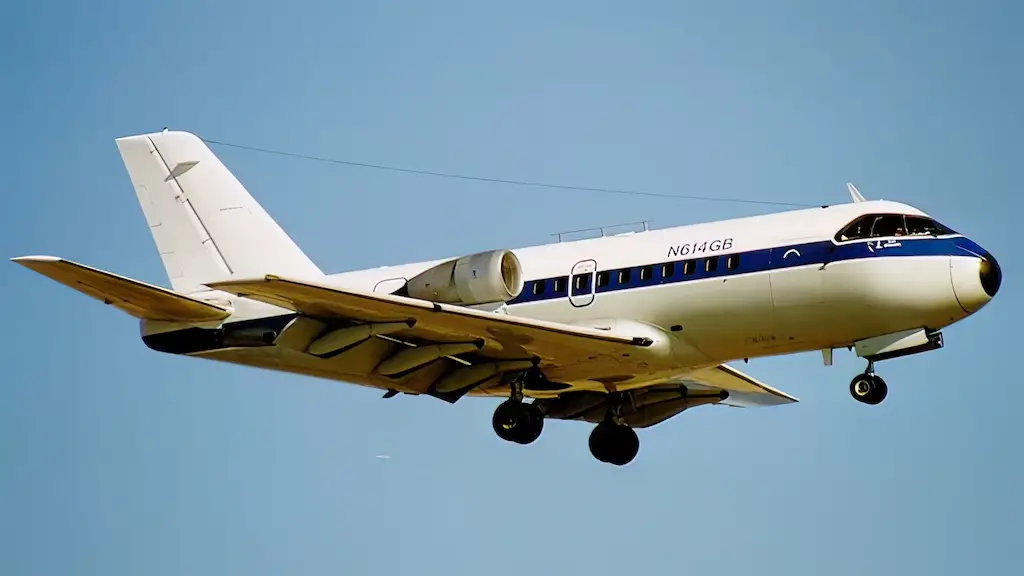
Product of European cooperation
In the 1960s WWII-era Douglas DC-3s were still a common sight in Europe’s airports, and the jet age had yet to be ushered into the Old World’s provinces. In 1969, German aircraft manufacturer Vereinigte Flugtechnische Werke (VFW), which had been formed five years before through the merger of Focke-Wulf and Weser Flugzeugbau, joined efforts with their Dutch colleagues from Fokker to build a new regional jet-powered airliner.
Among companies involved in the project was also Belgian SABCA, and France and the UK contributed to the project with the Rolls-Royce/SNECMA M45H engine jointly developed specially for VFW-Fokker. The idea of a wide European cooperation in civil aviation had been in the air for some time by then, but the VFW-Fokker was the first real enterprise of the kind, slightly preceding the establishment of the Airbus Industrie GIE consortium.
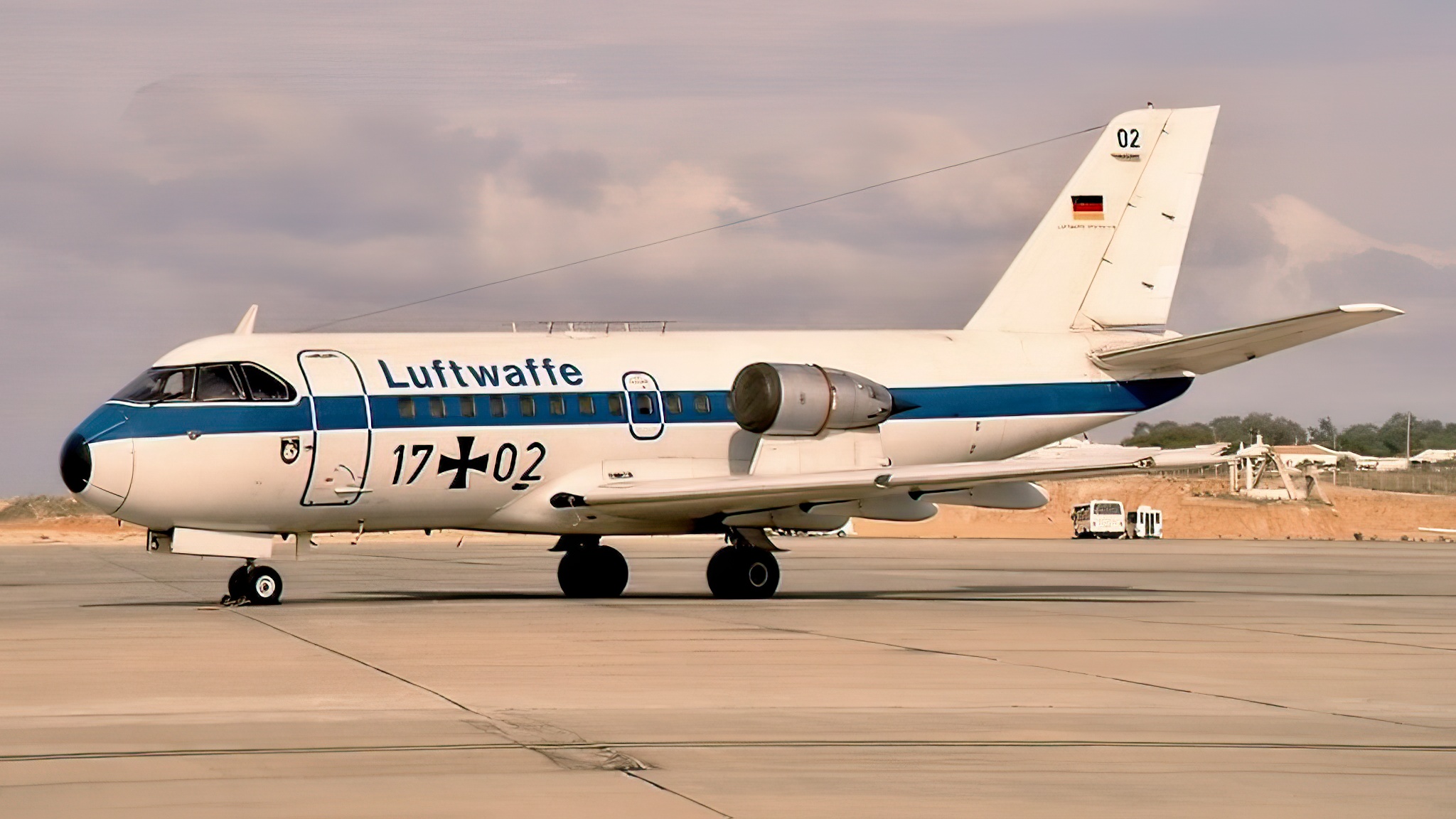
Humble-sized but noteworthy plane
Being slightly over 67 ft long, the VFW 614 was one of the shortest jetliners ever created. It could carry no more than 44 passengers within a range of some 350 miles. Despite its small size, the VFW 614 has gone down in history as quite a peculiar aircraft. Primarily due to the unique location of its Rolls-Royce/SNECMA M45H turbofans mounted on pylons above the wing.
The unorthodox overwing power plant arrangement meant that the 614 was less prone to mechanical failures caused by foreign objects’ ingestion into the engines. Hence, it could operate from rough regional runways. To prove this capability the aircraft was specifically tested on stony airstrips in Saudi Arabia and Africa. Another advantage of the podded engine approach was that the aircraft had shorter landing gear than similar planes with underwing engines, which simplified passenger loading.
Placing the engines over the wings had its disadvantages too (otherwise every aircraft manufacturer would do that). Most importantly it limited the VFW 614’s top speed to mere 437 mph, because of flow separation and buffeting caused by interference between the wing and the engine pylon.
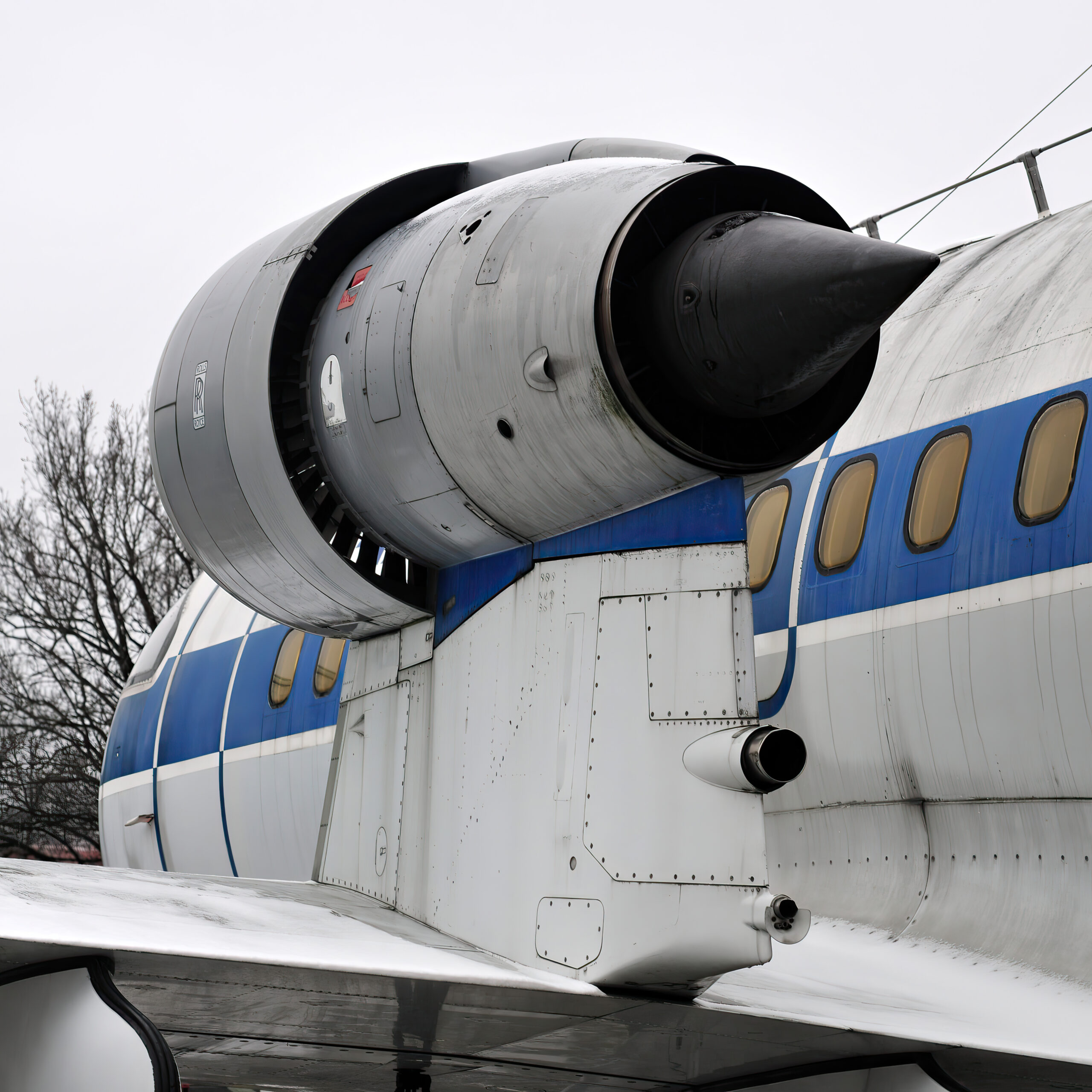
Commercial failure
The aircraft first took to the air in July 1971, and by early 1975 VFW-Fokker had ten potential customers wishing to place orders for a total of 26 airliners. In 1975 Danish Cimber Air, which purchased two planes, became the first airline company to introduce the 614 into service. The largest batch of eight airliners was purchased by Touraine Air Transport, a French air carrier.
However, it soon became clear that the majority of key European airlines were reluctant to procure the new plane. The crash of one of the prototypes in 1972 might have been one of the reasons, although it’s more likely that there just wasn’t a large enough market for such an airliner at the time. Either way, only sixteen aircraft were actually ordered. Worst of all, Lufthansa, West Germany’s largest air carrier, on which the company had pinned its greatest hopes, didn’t purchase a single 614 model jet, as it prioritized the development of long-haul routes at the time. Notably, no orders came from the Netherlands either.
Thus, with only nineteen airframes built—three prototypes and sixteen production aircraft—VFW-Fokker ended the 614’s production run in 1978. Air Alsace flew its three VFW-Fokker 614s for a brief period of three years between 1976 and 1979, with the rest of the aircraft’s commercial operators abandoning it by 1981.
In the Luftwaffe and DLR service
Meanwhile, a handful of VFW-Fokker 614s actually went on flying decades. First of all, these were the three airframes procured by West Germany’s air force, the Luftwaffe. These aircraft remained in use as VIP transports up until 1999.
Another airframe was used by Deutsches Zentrum für Luft- und Raumfahrt (DLR), the German aerospace center, for various research, such as Advanced Technologies Testing Aircraft System (ATTAS) program. This aircraft flew up until December 2012, being the longest flying specimen of the nineteen VFW-Fokker 614s. Today it remains in the Deutsches Museum Flugwerft Schleissheim near Munich.
